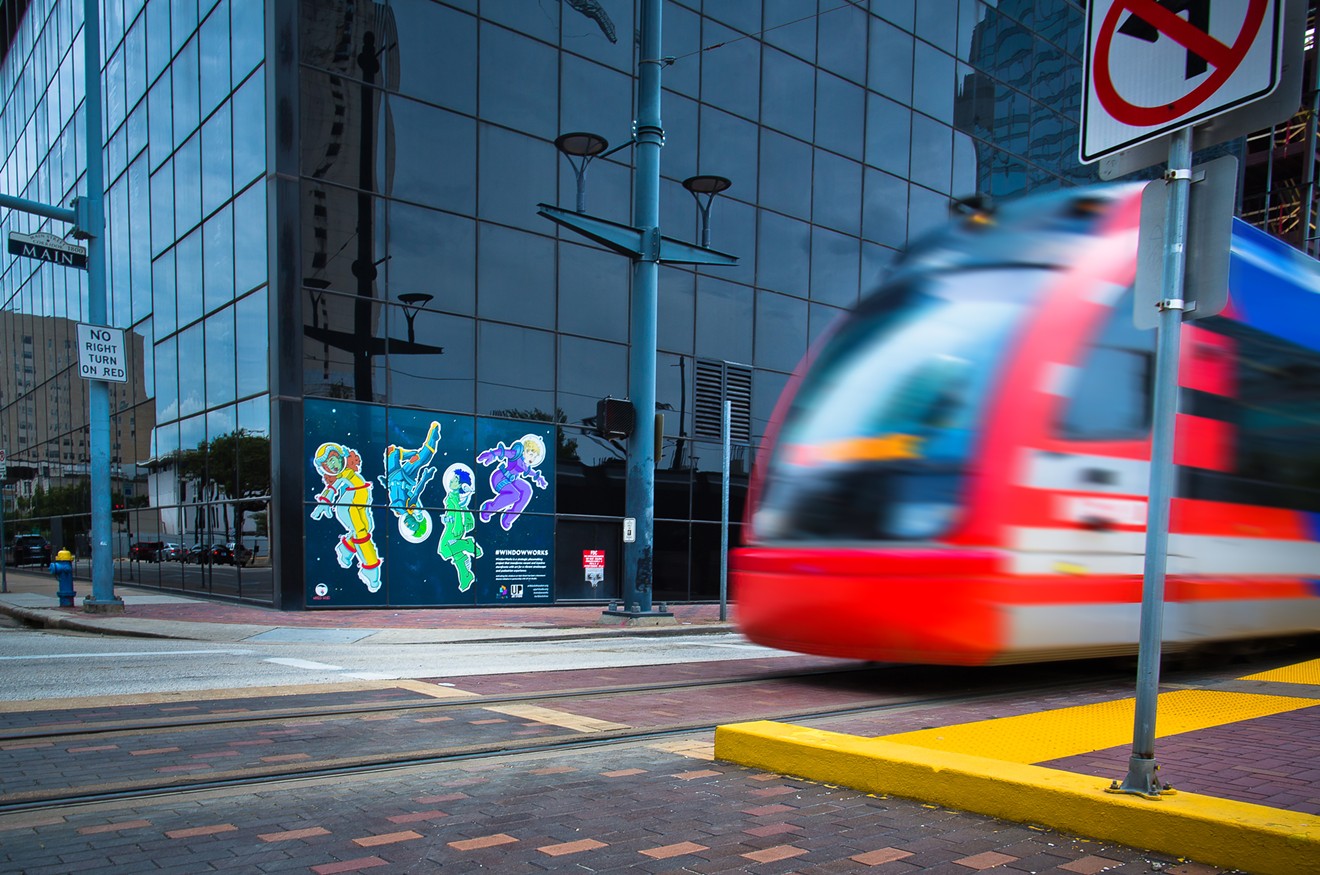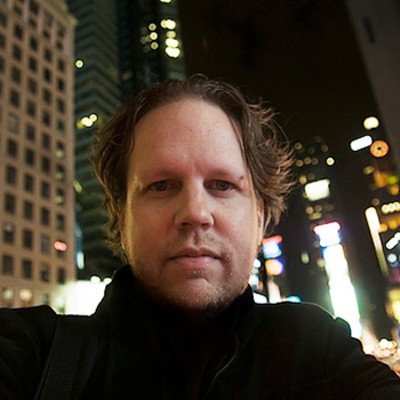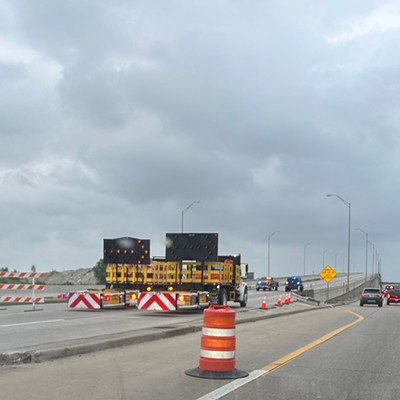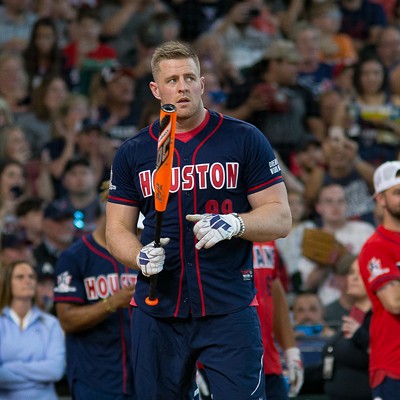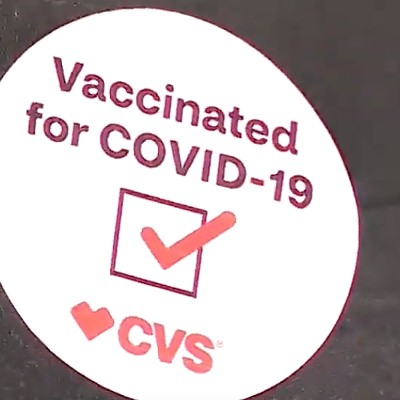In just three paragraphs, I suggested the city of Houston consider closing Main Street to drivers (other than emergency vehicles):
Closing off Main would barely limit traffic on a street most downtown drivers avoid like the plague. What it would instead do is encourage shopping, something the city has been working to improve for more than a decade.
During the pandemic, portions of Main were closed to allow bars and restaurants to expand their dining options beyond the sidewalk and into the street. It was a huge success for struggling businesses. Honestly, I'm not sure why we went back.
Last week, Mayor Whitmire, who hasn't exactly been lauded for his pro-pedestrian and cycling positions (including in this space), said he wants to invest billions of Hotel Occupancy Taxes (HOT) into downtown Houston over the next 30 years to expand the George R. Brown Convention Center and, hopefully, enhance the chances of Rockets owner Tilman Fertitta landing an NHL franchise.
"The entertainment district will be going three miles in each direction. It will reach the arts and theater district," Whitmire told KHOU.
This is, at least partially in response to the changing landscape of office space in downtowns around the United States. Office space has not rebounded to pre-pandemic amounts thanks to remote and hybrid working becoming the norm for many workers and companies. Not only does it save corporations money on real estate, but it gives employees flexibility and cuts down on traffic.
The only problem is all that office space available for lease and all the businesses that have been built nearby to support a bustling office culture. It has hit Houston's inner core particularly hard with one of the highest vacancy rates in America, one that is not expected to improve anytime soon.
So, the mayor's plan is both progressive and pragmatic and, hey, I'm all for it. But, since we are on the topic of improving downtown, why not revisit this barely noticed suggestion I made 10 years ago?
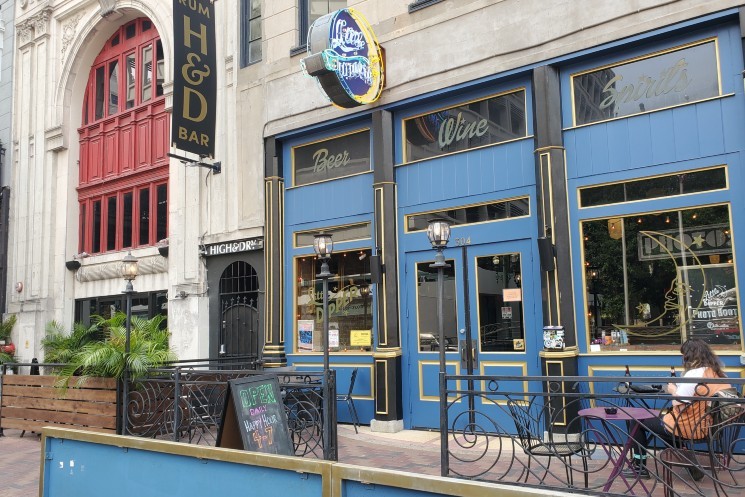
The view from Little Dipper's seating area on Main Street during the pandemic.
Photo by Jesse Sendejas Jr.
From University of Houston, Downtown to the Pierce Elevated, make that brick street that everyone already hates driving on a pedestrian- and bike-only zone. Clear out half of each northbound and southbound lane for bikes, widen the sidewalks and encourage street-level (and below street level) retail and hospitality. Close off a few strategic intersections and allow them to be open plazas. Let local artists decorate them and streamline the process for businesses to open food carts and pop-up shops.
Put together events that encourage visitors into downtown from not just Houston but around the country. The Mayor wants to expand conventions? Great idea. Let's give all those people a place to shop and eat and stroll without having to call an Uber.
As someone who grew up in this landscape of twisted concrete and suburban sprawl, I can personally attest that there have been times when downtown was so deserted, it felt like a ghost town. It was so desolate, in fact, that they filmed Robocop 2 there and didn't have to do much to make it look and feel like war-torn Detroit.
Houston downtown wasn't always so bleak. In the '60s, Market Square was a hub of nightlife and just a few blocks north was Love Street Light Circus, a renowned psychedelic club that hosted Roky Erickson's The Thirteenth Floor Elevators, Andy Warhol and members of Jefferson Airplane.
The suburban boom of the 1970s and oil bust in the '80s ruined all that progress, but slowly downtown re-emerged thanks in large part to a concerted effort by city leadership to bring it back. That seems to be continuing with the mayor's latest vision for the city's future.
But, why not do this one thing to get the ball rolling. It wouldn't be tough. It wouldn't cost billions. It might not cost millions. It's already been tried with success and it fits into the plan to make downtown a destination once again.
Sure, it will take some investment, but a lot less than what it will take to build a massive entertainment zone and it will take a lot less time than the proposed 30 years Whitmire is suggesting. Plus, let's be honest, it would be...cool. We aren't hip like Austin or glitzy like Dallas, but we are authentically cool. Always have been. And what's cooler than a walkable, rideable Main Street for everyone to enjoy?

